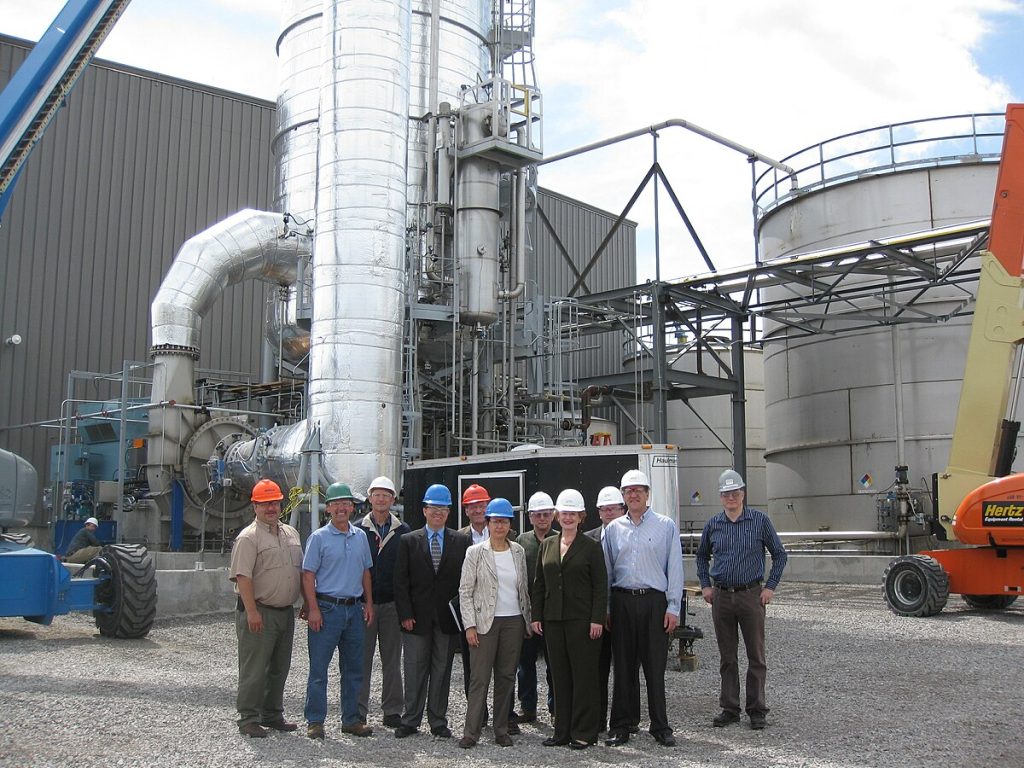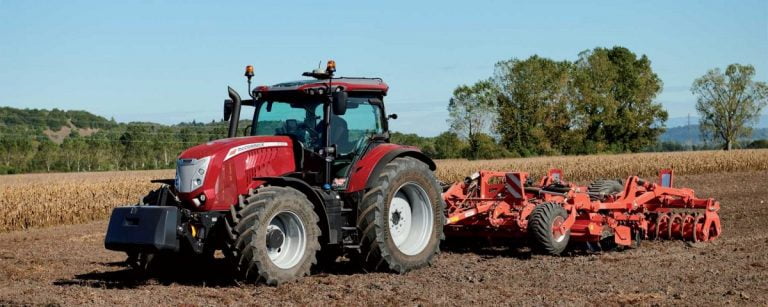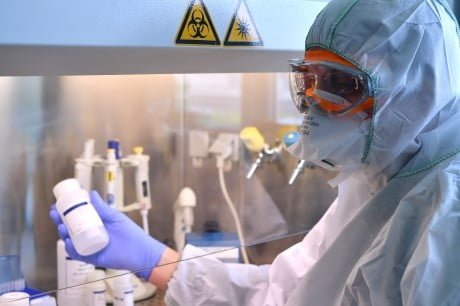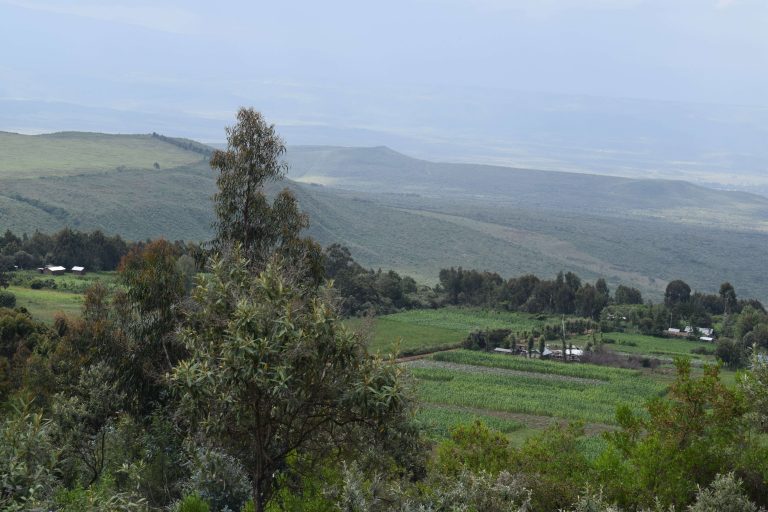By Henry Roman
A circular economy is a new paradigm that is sort of taking the world by storm right now. A lot of countries and regions are focusing on how they can develop strategies and policies around it.
A linear economy is the economy that we are used to, the one we’ve had since the Industrial Revolution where we take resources, we make products, we sell those products in markets and then the end user or the consumer takes the product at the end of its life and discards it as a waste. Now we all know we’ve seen waste dump sites everywhere, it’s not sustainable and recycling is one aspect of a circular economy that alleviates some of that waste that’s being produced.
However, in a circular economy you want to design waste out of your system. So, in your production processes from when you are using the resource transforming it into products, even transporting it to the end user. In each one of these processes, you want to get more efficient so that you minimize waste produced at each stage.
That is where the circular economy can make a great impact on sustainable development in terms of keeping our resources in use as long as we can at the highest economic value we can assign or ascribe to it. So, by doing that, you also lessen your requirement for new resources because the resources are being reused.

Ultimately it may allow for nature to regenerate itself, for biodiversity to regenerate itself and so that is why it’s being seen as one method by which we can start addressing climate change at the same time.
Now coming to an agricultural production perspective, in agriculture you use a lot of water. Agriculture uses approximately an average of 70% of freshwater resources around the world. The latest work done in South Africa shows that of the produce that is grown through agricultural processes, almost 40% is wasted either on the farm, in agro processing, in transportation or even just sitting on the shelf and going and going to waste. So that’s quite a large number when you’re using that amount of water.
Water efficiency in agriculture is critical as we know with climate change, Africa will be the hardest hit continent on an average of 2 degrees warmer than whatever the average is around the world. That impact on agriculture and on water resources in particular is going to be a critical impact that has to be looked at very carefully and how we mitigate it.
Mitigation of climate impacts on water resources is something a lot of people are casting their minds to in order to understand better. During the last COP28, water really rose up as one of those critical resources that will be majorly impacted due to climate change. So that’s the one aspect of getting more efficient.
At IWMI, we’ve got a large group that we have within the organization that looks at irrigation especially for smallholder farmers who are the majority in Africa. Very few countries have big commercial farms so there’s that aspect and the other aspect is on the use of chemical fertilizers.
This is important because a lot of times farmers over fertilize so they use more fertilizer than the plant can actually take up. Which means when there’s rain or you’ve watered crops, the excess chemicals end up in your water streams. So, you end up with excess nitrates and phosphates in your water streams and you end up with these cyanobacterial blooms. When the water gets to bright green, you can’t drink it.
Then you also get invasive plant species in your water courses like water hyacinths that then bloom and take over the whole water course. So how do you limit that? You need to look at other processes which you can take the nutrients back to the plants. So, you can return your waste products or your residue back into the soil and let it degrade and thereby provide nutrients back in a very natural cycle.
Another alternative is if you have a crop like sugar cane where you don’t use the entire plant to refine to sugar and discard the residues. In Mauritius, I did this for quite some time where you take the residue and burn it to produce energy that you feed back to your machinery. For an example you can make bio diesel out of it. It’s not a so efficient process but there’s an emerging process that’s known as bio refineries that have come to the fore as well.
Bio refineries are like a petroleum type refinery that use woody biomass type material. You can use discarded waste from your plants to make chemicals out of them through a process using enzymes and bacteria in a controlled situation. You can produce different chemicals with different uses. So, if we implement this you can start to find chemical industries based around biomass waste as an example. This talks to us on the agricultural side of circular economy.
If I were to look at Kenya, you’ve got these massive slums with a big sanitation problem. It’s very hard to service the people that live there because a lot of the time the houses are too close together. This means that municipal tractors can’t really find their way in there, so they had a program (I’m not sure if it’s still running) where they had people that were employed that went in and emptied the pit latrines and then the waste collected can be transformed into various other products. You can compost it; you can turn it into biochar which can also go into soils. These are both examples of a circular economy at work.
When you’re looking at resource recovery from water, waste water contains a lot of nutrients and you can recover that in various forms as well. If you if you have an algae pond and you can recover the nitrates and phosphates and they feed the algae, the algae can be a source of multiple things from beta carotene which is a vitamin to biodiesel made from the lipids or the fats contained within the algae. It can have various other factors besides the fact that it’s removing this nutrient overload that’s in the water. So that’s how a defined wastewater treatment works.
So those are more concrete type examples of how circular economy can function.

There’s also looking at the textile sector and how you reuse textiles. Fashion being what it is every season, the fashion train changes so you buy new clothing all the time. That talks to consumerism and in order to go circular, you also have to tackle the consumer aspect. People need to realize that they don’t need so much new things all the time. So clothing, cell phones, sneakers etc. need to be made to last longer. You will probably end up paying a little bit more but instead of your cell phone being out of date and useless after two years it may work for 45 years and that’s just an example, it’s not real.
It’s something to think about because a consumer can drive the behaviour of a producer. If the consumer wants products that last longer, jeans that don’t tear after one year, the producer is enforced to start listening to the consumer in a way because they overproduce because its market driven, it’s driven by us. We want more all the time and we want more new things. I want to be owning more of whatever than the person next door kind of thing.
How do we change that mindset?
And also, just a simple thing, put enough food on your plate that you know you can finish. So, you’re not discarding excess food and wasting it.
Another example that links it to energy for example is when you boil the kettle to make a cup of tea and it’s only yourself that needs a cup of tea. Why do you fill a kettle and boil it? How much power are you using to boil that full kettle whereas if you filled it to one and a half cups, that water it boils faster? You’ve got enough water to make the one cup of tea for yourself but it changes your power consumption.
And power consumption gets linked again to water consumption because water and power interrelate as well. You need water to produce power and you need power to move water to where people are, so there’s a link that we are not always conscious of. So, it’s also small things like that that matters. If 100,000 people do the same thing it makes a big difference, but it starts with one.
So how do we get people to understand that?
Henry Roman is The International Water Management Institute (IWMI) Regional Representative for Southern Africa as well as the Country Representative for South Africa, Zambia and Zimbabwe. He is an expert in Circular Economy and Water innovation with over 20 years of invaluable experience. He has a PhD in Biotechnology and an MSc in Biochemistry.





